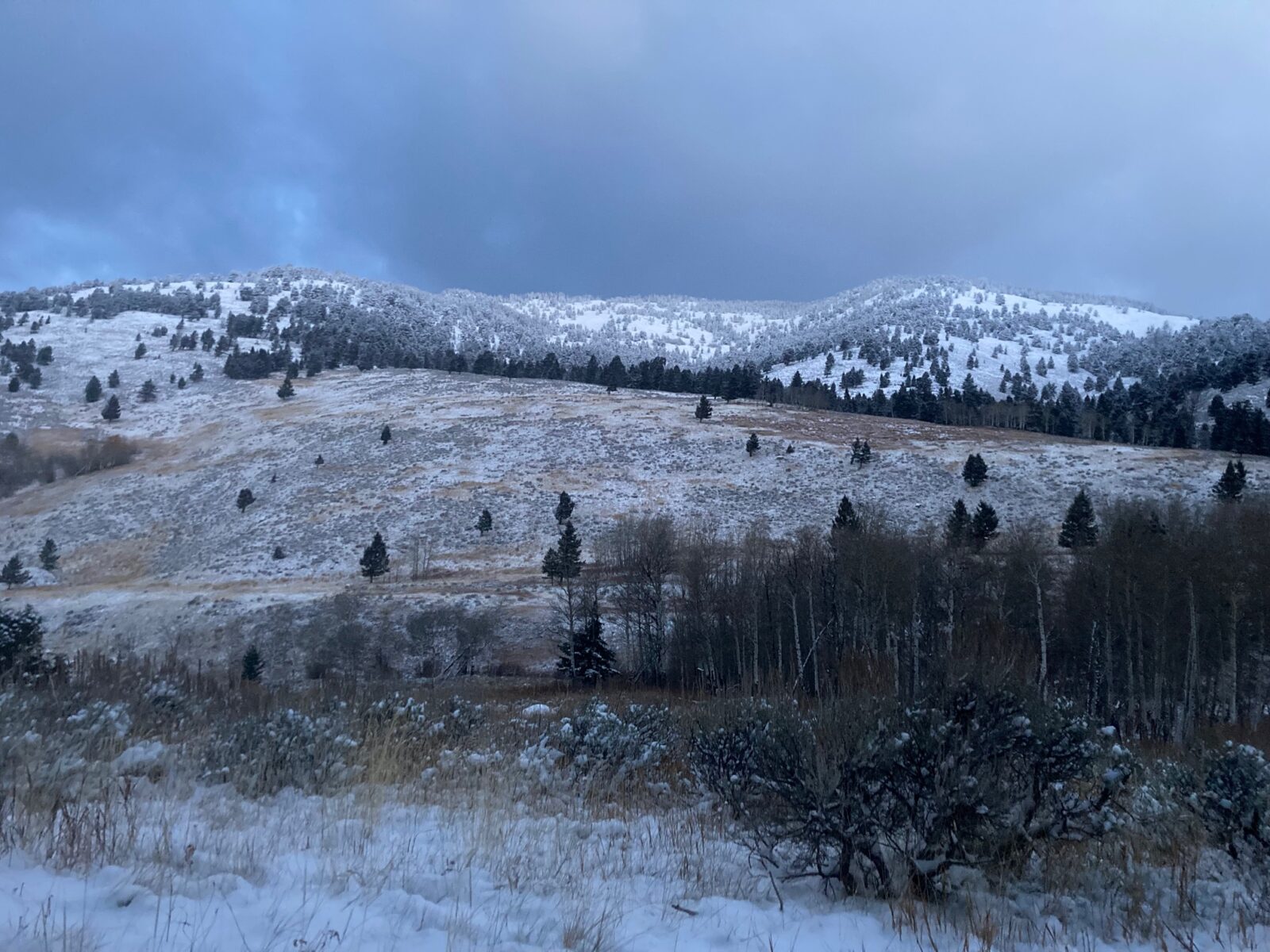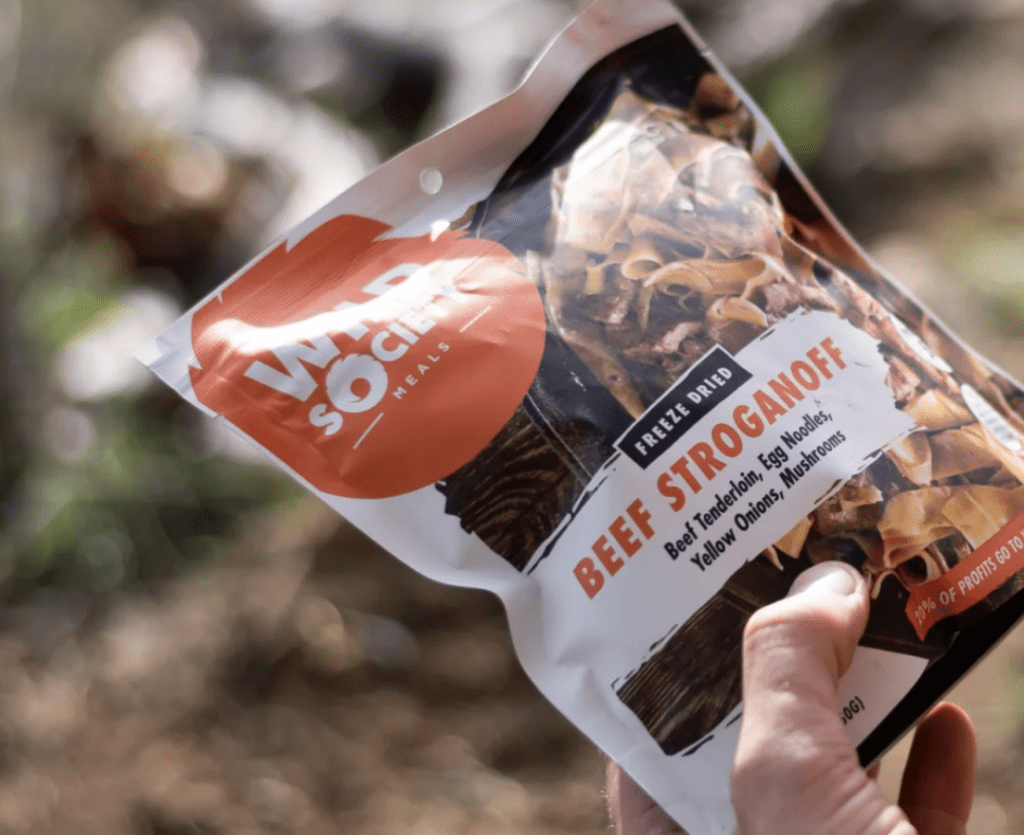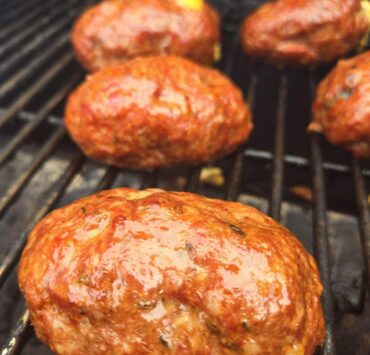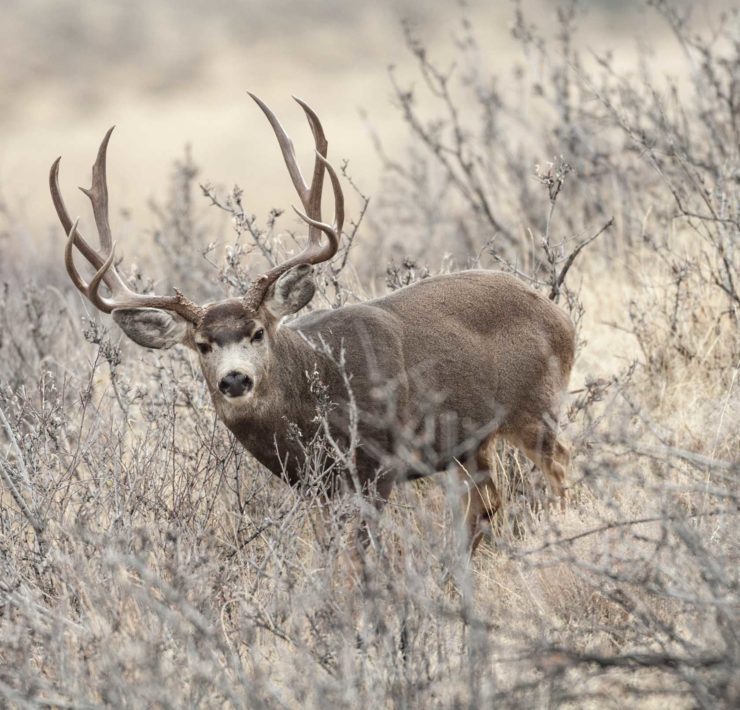“7 Mistakes to avoid on your first western Mule Deer Hunt.”


Congratulations! You just drew your first Mule Deer tag out west. If you grew up hunting in the eastern half of the United States like I did, your first western hunting experience can be daunting. No matter how many articles you read or YouTube videos you watch, you will always be laughably unprepared for what’s coming.
Even with years of experience in the United States Army Airborne Infantry carrying everything I needed in a pack for weeks, a backpack-style hunt out west was still intimidating. Below are the top 7 mistakes to avoid on your first western Mule Deer Hunt. I made all these mistakes in my western hunting career and dealt with the consequences of those mistakes so you can avoid them yourself this fall.
Not Enough Scouting

Everyone who has anything to say about western hunting always hits on scouting, scouting, scouting! Surprise, they are not wrong. If you don’t have OnX, download the OnX app and start looking at your hunting area immediately. Specifically, you need to note trails, water sources, potential glassing knobs, and rest areas.
If you can afford it, take a trip to your hunting area over the summer and get an idea of the elevation and topography. You can look at it on a map for months and still be surprised at its steepness. On my first western hunt, I studied OnX and Google Earth for months; I bought paper maps from the Forest Service and laid them out on my living room floor. I felt I was the most prepared I could be, but still, the elevation and the steepness were a surprise.
Too Much Pack Weight
I know it is daunting knowing that you are going to be 10 to 15 miles into the Backcountry with only what you can carry. And if you’re like me, you compensate for that feeling by packing secondary and tertiary options for everything in case some part of your gear fails.
This methodology led me to carry a 67 LB pack for five days of hunting, which wore me down fast. I had three ways to make fire: extra compasses and maps. I even had three medical kits, multiple gloves, and a few hat options. You have to reach the internal conclusion you have too much at a certain point. You must accept that if your rain gear fails, you will just have to get wet. The only things I pack heavy on now is my medical kit with extra tourniquets and water filter pills. I either don’t worry about everything else or just try and be careful with it. Your pack for a 5-day trip should be less than 40 Lbs.
Wrong Food
This tip may only be for veterans, but it’s worth noting. The military doesn’t give you the best food for this kind of activity, so if you’re like me and decide to buy a case of MREs thinking, “I’ve lived on them before with no problem, they’re probably going to be good enough for something like this.” You’re mistaken. MREs are fine and will do in a pinch, but the dehydrated and freeze-dried meal options taste much better. These meals are worth $15 each.
A lot of my exhaustion during my first Western hunt came from not eating enough, mostly because the food that I brought didn’t taste good. In subsequent years, I have learned to buy the more expensive but lighter-weight dehydrated meals because I’m actually excited to eat them at the end of the day. Those extra calories and the morale boost of having good food dramatically increase my chance of success.

We at MDF recommend https://wildsocietyoutdoors.com for all your outdoor eating needs.
Lacking Physical Fitness
I’m sure some of you need to learn the same hard lesson as me. You are not as physically fit now as you were at 18. Just because you used to carry around a 65-lb pack for 50 miles and feel amazing the following week on Monday at 5:00 AM PT doesn’t mean you can do that at 30 years old.
I did some practice hikes in the state forest around my hometown and felt ready, but you can always be more physically fit. I recommend downloading and completing a documented workout regimen like the ones offered by Mountain Tough. Every year, I subscribe and complete their 30-30 program over the summer to ensure I am in decent shape for hunting season. Nothing will ruin a hunt like the self-loathing that comes with not being in shape enough to find success.
Failing to Plan for Weather
Being cold and wet for 8 days in a row sucks, but being cold and wet for 8 nights in a row is deadly. Take the time to understand your gear and its limitations. Rather than buy a new sleeping bag rated for 0-degree temps, I choose to tote the military sleeping bag I used in North Carolina, Kentucky, and Georgia.
Had I paid more attention, I would have realized that it is a 35-degree bag, so I was freezing all night when it was 20 degrees in the Idaho mountains. Being that cold meant little to no sleep and less physical recovery, which led to a worse hunting experience and, if you haven’t guessed by now, “tag soup” for this hunt. You can live with being uncomfortable, but if an extra $200 or $300 will help you sleep better and recover faster from a day of physical exertion, buy the new sleeping bag.
Overcommitting to one Spot
In the east, chasing whitetails, you have your deer stand, and you sit in it for an entire season for most years. In my western hunting research, I knew I needed to select glassing points and focus on north-facing slopes, but I did not grasp how long to commit to a particular spot before moving on. I spent 4 of 5 days focused on one valley because I saw mule deer there on day one that I couldn’t get the gun on fast enough before I lost it in the timber. I should have moved around multiple times throughout the day and throughout the trip.
Not Deciding what success looked like for me:
Decide what animal is worth cashing in your tag on and what would make the experience successful for you early. Decide that now, not while you are on the hunt. What will you be happy with in your freezer or on your wall? Once you have made that decision, you need to stick to it.
On the third day of my first western hunt, I had an opportunity at a beautiful color phase black bear at 60 yards. At the time, in Idaho, I could legally use my tag to harvest a black bear. However, I was so set on harvesting a 6×6 bull elk, which I still haven’t done six years later, that I let that gift of a bear walk away. I’ve talked about being out of shape with a heavier-than-ideal pack. Still, the heaviest thing I carry from that first hunt is the regret of knowing I could have filled the tag on a critter I would have been happy to have but didn’t, not because I didn’t want to but because of indecision at the moment. Decide on what success looks like for you early and stick to it!
Now you Know!
Avoiding these seven critical mistakes may not guarantee you success in filing your tag, but it will help you have a more enjoyable time in the mountains or on the prairie so that when you draw your next tag, you have an even higher chance of success. Good luck this fall.
…
Since you read all the way to the bottom and are obviously a huge fan of everything we write here at the Mule Deer Foundation here’s a bonus lesson learned just for you folks that are committed.
Bonus Tip: Post Hunt Care
Whether you drove out west or flew in for your first hunt, you need a place to decompress and package your meat for travel back home. Even if you were unsuccessful in filling your tag, booking a night in a hotel with real food and a real bed before you start your drive home or catch your flight is critical to your overall enjoyment of the experience.
I prefer a basic Hilton or Marriott hotel, preferably a room with at least a mini fridge or a full-sized refrigerator with a freezer section. Somewhere to shower, order some takeout, and sleep for eight hours in a real bed before I start that 23-hour drive home. If you were fortunate enough to harvest an animal, packing a vacuum sealer and getting a good freeze on your meat before putting it back in the cooler and driving home can mean the difference between burgers and steaks that blow your guest’s mind for the rest of the year and a cooler full of “less than ideal” meat that won’t leave anyone wanting more.
Thanks for reading all the way to the bottom
Good luck this fall, everyone. Remember to send any success pictures or stories from the field to [email protected], and you could be featured on our website or in our magazine. If this article or any of our articles has helped you become a better hunter or conservation steward, consider becoming a member of the Mule Deer Foundation for only 35 dollars a year. Click here to join: https://muledeer.org/product-category/membership/
Trevor Hubbs

Trevor is the Communications Manager and Editor for the Mule Deer Foundation and Blacktail Deer Foundation. He grew up hunting and fishing the Ozark Mountains for quail, ducks, and bucks. Now he ventures west for mule deer as often as possible.



